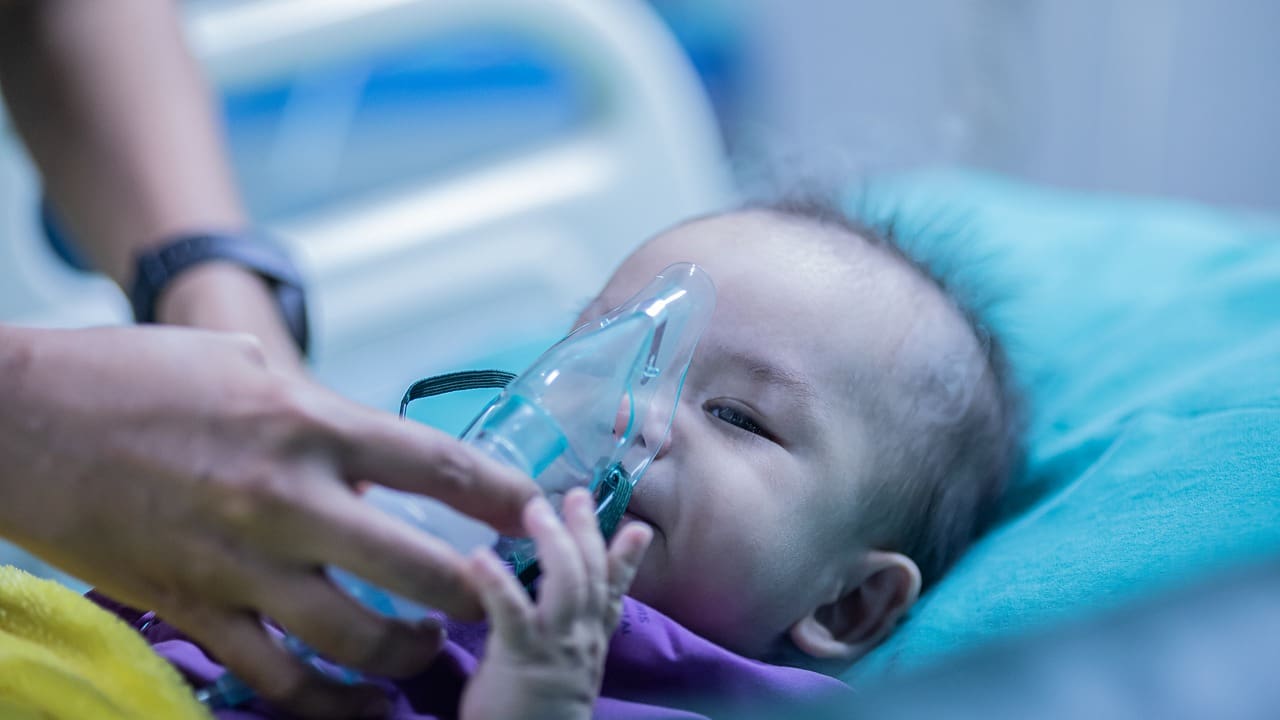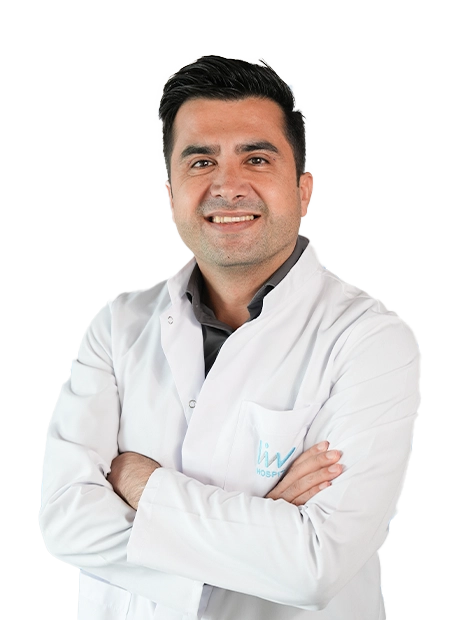Pediatric Intensive Care Unit (PICU): Meaning, Definition, and What to Expect
The Pediatric Intensive Care Unit (PICU) is a specialized hospital area where critically ill infants, children, and adolescents receive continuous monitoring and advanced treatments. A PICU is designed for children who need life support therapies, close observation, or rapid response care that cannot be provided on a general pediatric floor. Families can expect a team based approach, with pediatric intensive care physicians, nurses, respiratory therapists, pharmacists, dietitians, and other specialists working together to stabilize your child, treat the underlying condition, and support recovery in a child friendly environment.
In the PICU, your child is watched closely at all times. The team checks heart rate, blood pressure, and oxygen levels constantly so they can act quickly if needed. Each room has equipment for oxygen, breathing support, IV medicines, and other treatments. Parents are welcome to help with care and will get regular updates about tests, results, and what comes next.

What Is Pediatric Intensive Care? A Family Guide
Pediatric intensive care focuses on preventing complications, supporting vital organs, and treating serious illnesses or injuries in children. Conditions commonly seen include severe infections, breathing difficulties such as asthma attacks or pneumonia, seizures, significant dehydration, traumatic injuries, heart problems, and complex postoperative care. The priority is stabilization: ensuring the brain, lungs, heart, kidneys, and other organs receive the support they need while the root cause is identified and treated.
As a family, it helps to know the care plan, daily goals, and ways you can help keep your child comfortable. You’ll notice frequent checks of vital signs, blood tests to track progress, and sometimes X rays or ultrasounds to guide treatment. Rest, pain relief, gentle movement, and good nutrition are all important for healing, and the team will explain how these are adjusted for your child’s needs.
Pediatric Intensive Care Unit: When Your Child Needs the PICU
Children are admitted to the PICU when they require closer monitoring or therapies not available on a standard unit.
Common reasons include:
• Severe breathing trouble needing oxygen, high flow nasal cannula, non invasive ventilation, or a ventilator.
• Uncontrolled seizures or altered consciousness.
• Serious infections, including sepsis, that require continuous IV medications and close monitoring.
• Heart rhythm problems, heart failure, or post heart surgery care.
• Major trauma, complex postoperative recovery, or rapidly changing clinical status.
• Significant dehydration or metabolic problems needing careful IV fluid and electrolyte management.
Doctors decide to admit a child to the PICU when it’s safest and when close monitoring is needed. If your child gets better, the team will talk with you about moving to a regular unit as soon as it’s safe.
Pediatric Intensive Care Medicine: Conditions, Monitoring, and Treatments

In pediatric intensive care medicine, clinicians treat both the child’s illness and its effects on vital organs. Common conditions include respiratory failure, status asthmaticus, severe pneumonia, bronchiolitis, neurologic emergencies, diabetic ketoacidosis, kidney failure, and complex cardiac issues. Monitoring typically includes continuous heart and oxygen checks, frequent blood pressure measurements, and blood tests to assess oxygenation, infection markers, electrolytes, and organ function.
Treatments may involve:
• Oxygen therapy or ventilatory support to keep oxygen levels safe and reduce the work of breathing.
• IV fluids and medications to support blood pressure and circulation.
• Targeted antibiotics or antivirals when infections are suspected or confirmed.
• Seizure control medications and monitoring of brain activity when needed.
• Careful nutrition planning, including feeding by mouth, tube feeding, or IV nutrition when appropriate.
• Regular reassessment to taper support as your child improves.
Pediatric Intensive Care Unit Equipment: What Families Will See

The PICU environment includes specialized equipment designed for safety and precision:
• Bedside monitors that display heart rate, oxygen saturation, respiratory rate, blood pressure, and temperature.
• Oxygen delivery devices such as nasal cannulas, masks, or high flow systems.
• Non-invasive ventilation equipment like CPAP or BiPAP masks that support breathing without a tube.
• Mechanical ventilators for children who need a breathing tube.
• IV pumps for precise delivery of fluids, nutrition, and medications.
• Suction devices to keep airways clear.
• Ultrasound and portable imaging tools are used at the bedside for quick assessments.
Every device has alarms to help the team respond right away if something changes. Staff will explain what the different sounds, screens, and tubes mean so you know what to expect.
Pediatric Cardiac Intensive Care Unit: Heart Focused Critical Care for Children
Some children need a specialized cardiac intensive care approach for conditions such as congenital heart disease, heart failure, rhythm disturbances, or recovery after heart procedures. In a pediatric cardiac intensive care setting, monitoring is tailored to heart function and circulation, with advanced support as needed.
This can include medications to strengthen the heart or control rhythm, specialized ventilatory strategies, careful fluid management, and close attention to oxygen delivery to all organs.
Care is tailored to each child’s needs and medical situation. The team checks often to adjust treatments, lower risks, and help your child move safely to a regular unit when ready.
Pediatric Post Intensive Care Syndrome: Recovery After the PICU
After a serious illness, some children may feel weak, have trouble sleeping, feel moody, have trouble paying attention, or feel stressed. This is called pediatric post intensive care syndrome. Recovery often includes slowly increasing activity, good nutrition, sleep support, and emotional care for both your child and your family. The team will guide you on follow up visits, therapies if needed, and what signs mean your child should be seen sooner. Most children get better with time and support, and regular check ins help answer questions and address concerns.
Pediatric Intensive Care Unit Near Me: How to Choose and Prepare

When searching for a pediatric intensive care unit near me, consider:
• Access to advanced monitoring and ventilation options, including non-invasive ventilation.
• Family centered policies that support presence at the bedside and clear communication.
• Availability of coordinated services such as respiratory therapy, pharmacy, nutrition, and rehabilitation.
• Clear pathways for rapid consultation with pediatric subspecialists when needed.
• Streamlined transfer processes for children who require higher level care.
To get ready, keep a list of your child’s medicines, allergies, and recent health details. If your child goes to the PICU, bring comfort items, phone chargers, and any questions you have. Some clinics, like Liv Hospital, focus on family centered care and give you written plans for going home when your child is ready.
Pediatric Intensive Care Guidelines and Protocols: Safe, Standardized Care
Guidelines and protocols help make sure every child gets safe and consistent care. These include set ways to spot and treat sepsis, manage asthma, control pain and sedation, wean off ventilators, and prevent infections. While these tools keep care reliable, the team still adjusts for each child’s age, size, and needs. Families benefit from knowing what to expect, clear steps, and explanations that make each part of care easier to understand.
Pediatric Intensive Care Admission Criteria and Levels of Care

Admission criteria typically include the need for continuous monitoring, the risk of rapid deterioration, or the need for therapies unavailable elsewhere in the hospital. Levels of care range from:
• Step down or intermediate care for children who need frequent monitoring but less intensive support.
• PICU level care for continuous monitoring and advanced therapies like non-invasive ventilation, ventilators, and specific IV medications.
• In some cases, highly specialized units focus on complex cardiac or cardiothoracic care.
Moving to a different level of care depends on your child’s breathing, circulation, alertness, and lab results. The team will let you know what milestones show your child is ready to transfer or go home.
Intensive Care Pediatric and Neonatal: When Babies Need Critical Support
Newborns and young infants may require intensive monitoring for breathing issues, infections, heart problems, jaundice with complications, or recovery after procedures. Care emphasizes gentle handling, temperature stability, precise oxygen delivery, and nutrition strategies appropriate for small infants. Continuous communication helps families understand equipment, alarms, and progress. The goal is safe stabilization, steady recovery, and a smooth transition to home with clear guidance on feeding, medications, and follow up.
For more information about our academic and training initiatives, visit Liv Hospital Academy
Frequently Asked Questions for Pediatric Intensive Care
What is a pediatric intensive care unit?
A pediatric intensive care unit is the hospital’s child focused critical care area where continuous monitoring and advanced therapies are provided to stabilize severe illnesses and support recovery.
How to do pediatric intensive care?
Pediatric intensive care involves structured protocols for monitoring, respiratory support, fluid and medication management, infection control, and regular reassessment, individualized for each child.
What does a pediatric intensive care nurse do?
They deliver medications, manage IVs and ventilatory devices, perform frequent assessments, provide comfort care, and help families understand alarms, screens, and day to day milestones.
What do pediatric intensive care units do?
PICU teams stabilize breathing and circulation, treat infections or other causes, manage pain and sedation, and provide nutrition and fluid support while continuously monitoring progress.
What does a pediatric intensive care specialist do?
They oversee the child’s critical care plan, select appropriate tests and treatments, coordinate multidisciplinary support, and adjust therapies as the child’s condition changes to ensure safe recovery.
What is pediatric intensive care nursing?
Pediatric intensive care nursing centers on safety, comfort, and early detection of changes in a child’s condition, coordinating treatments and educating families on equipment, symptoms, and recovery steps.
What is a pediatric cardiac intensive care unit?
It is a specialized unit focused on heart related critical illnesses in children, including congenital heart disease and post–heart surgery care, with tailored monitoring, medications, and ventilatory support.


